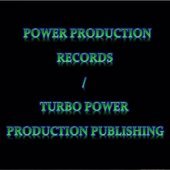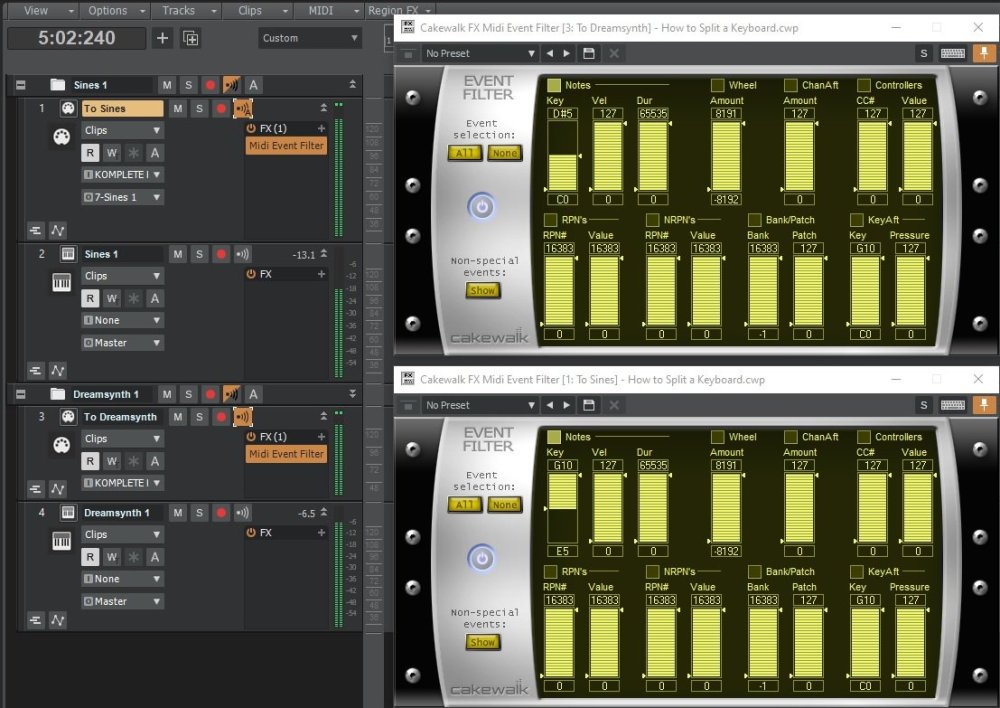-
Posts
924 -
Joined
-
Last visited
-
Days Won
7
Craig Anderton last won the day on September 11 2023
Craig Anderton had the most liked content!
Reputation
1,484 ExcellentRecent Profile Visitors
The recent visitors block is disabled and is not being shown to other users.
-

CbB Update: Cakewalk is now unusable
Craig Anderton replied to 4th Eden's topic in Cakewalk by BandLab
Also check graphics card drivers. They don't mess with Cakewalk per se, but they can mess with Windows after Windows updates. -
I fear for the day auto-correct will start a war
-
Give Waves Online Mastering a shot. You can try out different mastering styles for free. If you like what you hear, you can buy credits to download the mastered file(s). I think it does a good job as long as the mastering isn't a salvage job. Waves asked me to evaluate the process and write about my opinions. The results made most of the same choices I would make for the different styles that clients want.
-
Another consideration is what can ruin a good song. I do a lot of mastering for Martha Davis of the Motels. She had a great song that was never released because the kick drum was mixed excessively high, and the original multitracks were lost. She wanted to know if mastering could salvage it. Long story short, nothing worked until I found an isolated kick drum hit. I put the master file in one track, and made a second track that had only the isolated kick sound everywhere there was a kick in the master file. I flipped the kick track out of phase, and could then adjust kick balance perfectly just by varying the level of the out-of-phase kick track.
-
T Boog started following Craig Anderton
-
What many people forget about mastering was that its original purpose was to make music compatible with the limitations of tape and vinyl. Mastering for vinyl is especially challenging and few people know how to do it right. But those limitations no longer exist. Now, mastering is about adding final touches. It's also the last link in the creative chain. I worked on a project when the mix was done and it was being mastered, but I felt it needed a cello part. So, the cello was overdubbed in the process of doing a 2 to 2 digital bounce. You can also do things like remove those four overindulgent bars in the guitar solo Having mastered hundreds of tracks, I do have some thoughts that you might find helpful. Or not... I still regard mixing and mastering as two different processes. Some people prefer to master by putting plugins in the master bus while you're mixing, and call it good. The problem I have with that is if you're, for example, using a compressor in the master bus, you're compressing every single track that went into the mix. I think it's better to compress the tracks that need compression when mixing. Then if you add compression while mastering, you can add lighter compression, retain dynamics better, and gain both punch and loudness. To be fair, people who disagree with me say that mastering changes the sound of the mix (it does). So, if they mix through the mastering processors, they'll know what the end result will sound like. However, I think that leads to a less defined overall sound. Strive for the very best balance with the mix. Then master to bring out the best of the mix, and make it a cohesive listening experience. Finally, another personal bias is I don't like using compression on a master. I prefer multiband limiting. Most of the dynamics processing is done in the mix, so all I really need to concern myself with is keeping peaks under control and hitting my favorite target LUFS reading. There are plenty of examples of this mastering style on my YouTube channel if you're curious about how it affects the sound of the music. "Unconstrained" is the most recent album project. (There are also some singles that are mastered in both stereo and binaural Atmos if you're curious about the difference.) I hope this helps but bear in mind there are many ways to do mastering. This is what works for me.
-

I just got the new Cakewalk Sonar update and, WOW!
Craig Anderton replied to RexRed's topic in Cakewalk Sonar
I think Noel pretty much nailed it. I believe that with the Zoom interface, 32 bits is about gain-staging more than fidelity. It's like a digital version of the Sony recorder that recorded analog audio into channels at two different levels. If there was an accidental overload on the more sensitive channel, it switched to the less sensitive one that wasn't overloaded. It was a process that effectively extended the dynamic range of analog recording. -
FWIW - Waves once did the remote desktop thing when I had a problem many years ago. They fixed the problem, which was deep down in the operating system. However, that also ended up fixing several other non-Waves problems. So, I was glad I let them poke around. Waves uses an unusual installation system for the plugins called a Waveshell. It has advantages and disadvantages. The FAQs on the site are very helpful when you have issues. In your case, I'd almost be willing to bet the Repair function solved your issue. Glad you got it sorted out!
-

SOLVED: How to Split Keyboard to Play 2 or More Instruments?
Craig Anderton replied to Stephen Power's question in Q&A
The image shows how to do two splits. You need a MIDI track for each instrument. They have the same input (in this case, a Komplete Kontrol keyboard). Each MIDI track has aMIDI Event Filter with Notes checked and a specified Key range. Make sure the Event Filter is turned on. Then you have two Simple Instrument tracks. Their inputs are set to None. Select the instrument as the output in the MIDI tracks. I hope this helps! -
I thought it was always an optional-at-extra-cost plugin, but I could be wrong.
-
Try the free W1 Limiter from George Yohng's website if you can't find a solution for the Concrete Limiter. If you have projects that include the Concrete Limiter but can't get it to show up, limiters don't have that many parameters...you can probably replicate the sound pretty closely with the W1. Hope this helps!
-
There's a wrapper I've been using for years that does a great job with making DirectX plugins look like VSTs. There's an issue with sidechaining, but other than that, it works well. 1. Go to https://www.xlutop.com/buzz/zip/ 2. Download the zip file dxshell_v1.0.4b.zip 3. Extract it, then copy the files dxshell.x64.dll and dxishell.64x.dll to the folder location where your DAW looks for VST plug-ins.
-

Can I voice an opinion about Membership discounts ?
Craig Anderton replied to noynekker's topic in Cakewalk Sonar
Or until Magix can't find new investors: Magix Files for Insolvency. In general, companies that make a profit are a safer bet for longevity.










.thumb.jpg.eaad641f73d276ceb5533b13026779ae.jpg)




